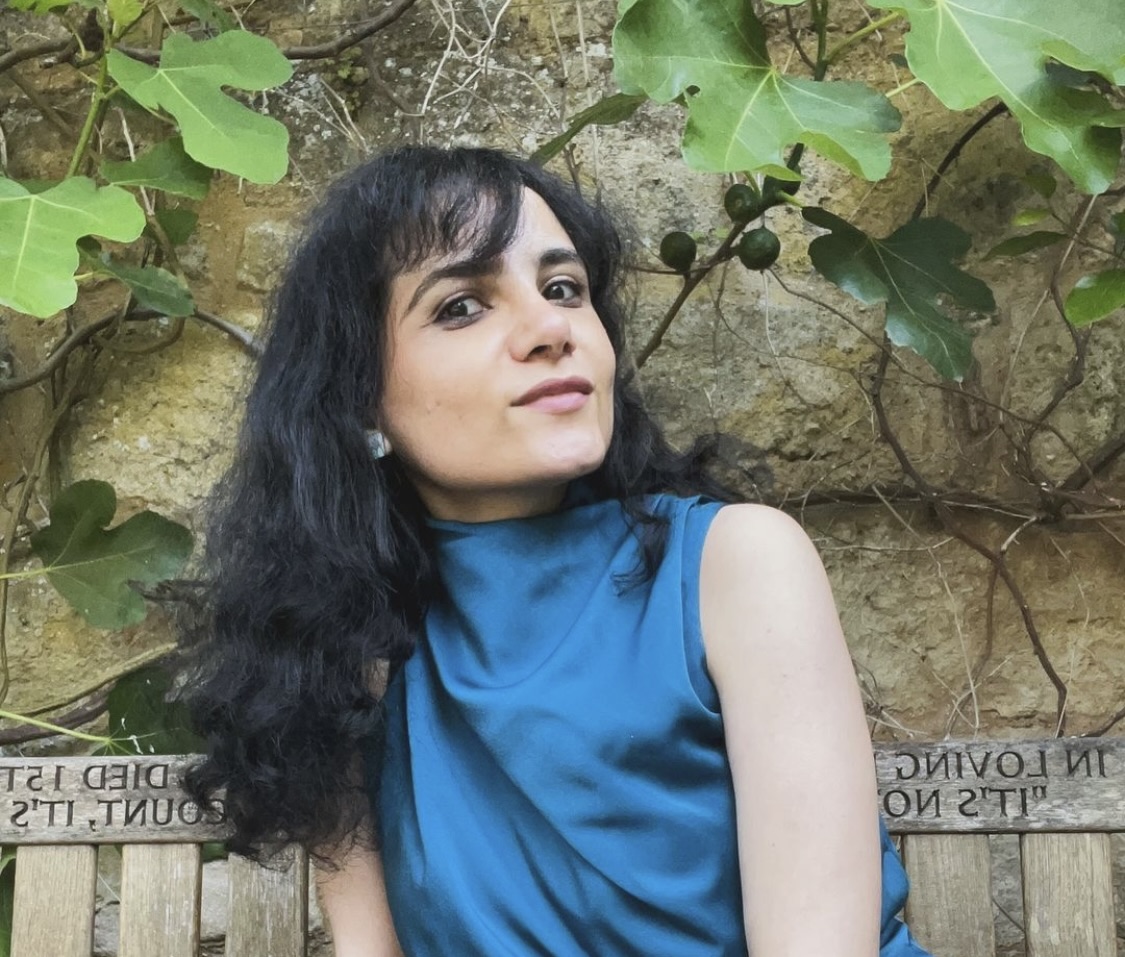Rita Ahmadi

fatimah dot rita dot ahmadi at gmail dot com
I am a stipendiary lecturer at Mansfield College, University of Oxford. Before that, I was a postdoctoral researcher at the Department of Mathematics, Imperial College London. I did my DPhil at Quantum Group based at the Department of Computer Science, University of Oxford. During my PhD, I worked on topological quantum computation and category theory. In my thesis, I studied and proposed bicategorical structures for topological quantum computation.
news
| Nov 20, 2025 | I am giving an invited public talk at Imperial Lates on the 20th of November |
|---|---|
| Oct 23, 2025 | I am giving a one-day lecture at Royal College of Art. |
| Aug 25, 2025 | I am giving a talk at FMQC 2025 |
| Jun 07, 2025 | Our debate was featured on BBC, What is the weirdest thing in the universe? |
| Jun 07, 2025 | I am giving a public talk at Great Exhbition Road, Imperial College London, London. |
| May 15, 2025 | I am giving a public talk at Pint of Science, London. |
| Apr 25, 2025 | I am giving a talk at SYCO 13, UCL. |
| Mar 27, 2025 | I am giving a talk at Morgan Stanley London office. |
| Mar 17, 2025 | I am hosting Vojtěch Havlíček from IBM. |
| Jan 16, 2025 | Planning two tutorials on Quantum Complexity Theory by Sevag Gharibian form University of Paderbon on the 16th and 17th of January. The event is funded by QuEST and Mathematical Finance Section. |
| Jan 15, 2025 | Hosting Sevag Gharibian from University of Paderbon. |
| Dec 12, 2024 | Planning two tutorials on Tensor Networks on the 12th and 13th of December by Thorsten Wahl from the University of Cambridge. |